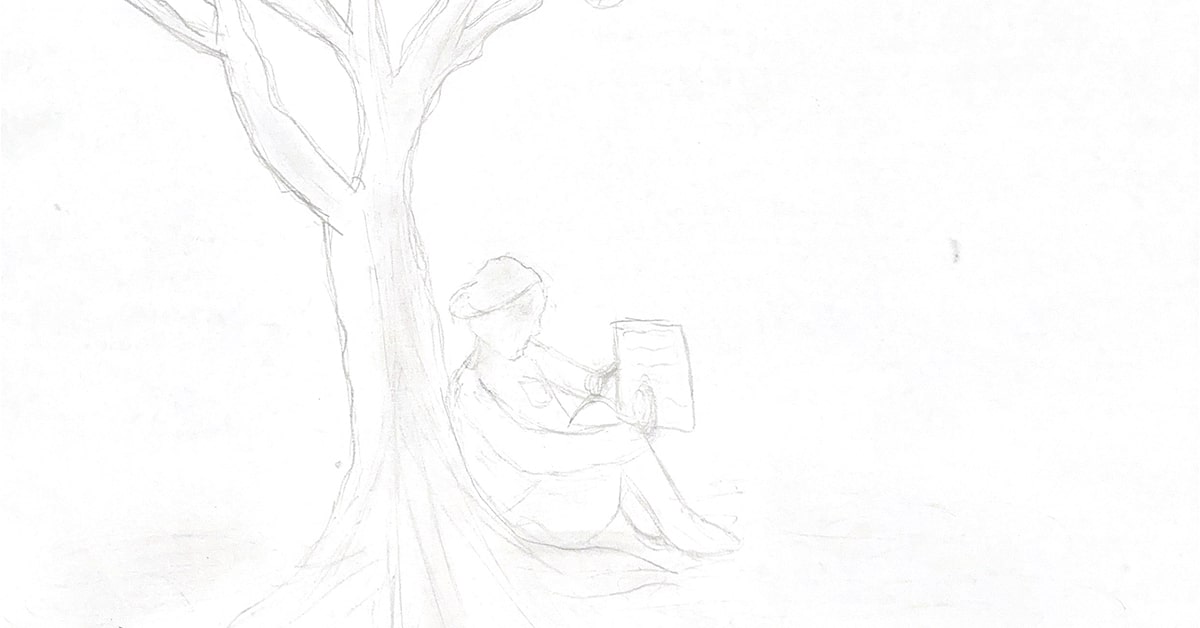Welcome to Unboxed Issue 26

In 2009 I began an internship at the Innovation Unit in London. It being an internship, I was doing a little of everything, but my main project was Learning Futures, whose goal was to make school more engaging for students.
Improvement from Scratch

School operation teams, the backbone of making the school day happen across the country, are often invisible. With little acknowledgement of success, it’s easy to notice when things fall apart: when buses don’t arrive on time, admission numbers are lower, computers stop working, or thousands of dollars are wasted on food ordered, but never eaten.
The Route To School Improvement Is Hiding In Plain Sight

“You know how you can tell you’re in a happy school within 30 seconds of walking through the front door?” This is a statement/question that I’ve experienced on countless occasions during a lifetime spent in education. It has a ring of truth to it and we’ve all felt it as visitors or (worse) inspectors.
Giving Teachers a chance to “Test Drive” their Lessons

M’s fourth graders were buzzing as they worked in pairs to solve the math problem M. had just presented to them. The other educators in the room circulated and listened in as students used academic language to discuss their answers with each other, jotting down notes about what their partner had said and the language they had used.
Exploring Internship Opportunities

Thirty potential mentors from local organizations, nonprofits and businesses were sitting across tables facing dozens of eleventh-grade students.
Your Classroom Isn’t An Island

My fourth-grade classroom was covered in cardboard boxes. The entire back wall was piled high with donated boxes. The tables were covered in glue and paint cups sat in the sink. As I began to clean up some paint splatters, I smiled to myself as I thought about how I ended up in this situation.
Schools as Equitable Communities of Inquiry

We wrote this chapter several years ago, in response to a request from the Sitra Foundation in Finland that we envision the school of the future. The chapter is dated in some respects, but apart from minimal updates and revisions for clarity, it appears here as written.
Continuous Improvement In Social Impact Organizations

During a time when people feel overwhelmed by endless professional development opportunities, new technology, and new approaches to doing their work, we wanted to emphasize that the continuous improvement model is not a totally new framework for most organizations.
How We Put On A High School Music Festival

We came up with the idea of planning and putting on a music festival. We looked at each other, paused, then simultaneously said, “Naaahhh.”
Writing or Writer?

Am I teaching them to write, or am I inspiring writers?